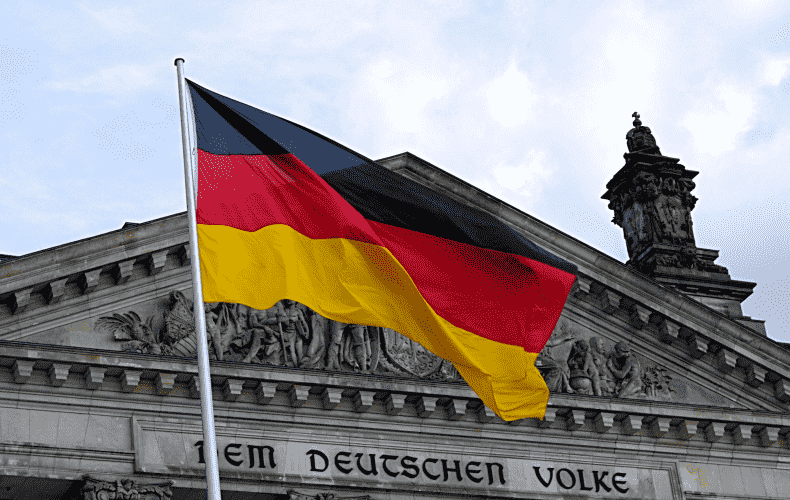
Key milestones in the technological revolution that improved night vision devices
Section: Business
In recent years, stem cell therapies have gained notoriety, particularly among affluent individuals seeking enhanced health and longevity. A prominent Swedish startup, Cellcolabs, offers these high-demand treatments, which can cost patients up to $16,500 for local injections. The company's approach leverages stem cells sourced from healthy donors, primarily individuals aged 18 to 30.
Despite the substantial fees charged for these therapies, the donors themselves receive minimal compensation. For each donation, which provides enough stem cells to create approximately 200 treatment doses, Cellcolabs offers $200. CEO Mattias Bernow emphasizes the company's mission to make these treatments accessible and affordable, although the current model primarily benefits the company.
Cellcolabs is conducting clinical trials in the Bahamas, where regulations permit patient-funded stem cell treatments. These trials aim to explore the potential of stem cells in preventing cardiovascular diseases and addressing musculoskeletal injuries. The price of treatment varies, with local injections starting at $16,500 and intravenous treatments costing $25,000.
In the United States, the FDA has approved stem cell products only for specific blood disorders. Nevertheless, numerous clinics operate in a legal gray area, providing treatments that are not FDA-approved. In light of these circumstances, the FDA cautions patients about the risks of pursuing unverified therapies and warns that many marketed products may be illegal or lack proven efficacy.
Despite the regulatory concerns, interest in stem cell treatments remains robust, with numerous celebrities reportedly having undergone such procedures. According to Bernow, around 100 patients have received treatments using Cellcolabs stem cells in the Bahamas. Furthermore, the company supplies stem cells to various medical institutions, including universities and research facilities.
The procurement of stem cells involves extracting them from the donor's bone marrow, a process that includes thorough screening, physical examinations, and blood tests. Bernow describes the extraction process, which typically lasts about 10 hours, as relatively tolerable, likening post-procedure discomfort to a minor fall.
While the compensation structure for donors raises ethical questions, Bernow argues that even $200 can significantly aid students or individuals on tight budgets. He acknowledges that regulations in countries like the UK prohibit payment for tissue donation, although some allowances exist for covering expenses.
Hank Greely, a law professor specializing in biosciences, points out that the ethics of compensating stem cell donors can be contentious. In the U.S., payments for donating other biological materials, such as eggs and sperm, are common, yet stem cell donations are treated differently due to the high costs associated with treatments.
Cellcolabs estimates that each donation yields around 50ml of usable stem cell tissue, which can be purified and multiplied for therapeutic purposes. Given the treatment prices, each donation could potentially represent a retail value exceeding $3 million. However, the overall costs of treatment are not solely attributed to donor compensation. Bernow notes that operational expenses, including clinical trial costs, account for a significant portion of the treatment price.
Looking ahead, Cellcolabs aims to enhance efficiency in stem cell production, potentially lowering treatment prices over the next decade. Bernow envisions a future where more therapeutic doses are derived from each donor, thereby making these advanced medical treatments more accessible.
While the financial dynamics surrounding stem cell donations and treatments raise important questions, the overarching concern remains the efficacy and safety of these therapies. The FDA has expressed apprehension regarding the marketing of unapproved stem cell products, warning that patients may be misled by inaccurate claims about their effectiveness.
As the demand for stem cell therapies continues to grow, the balance between donor compensation, treatment costs, and regulatory oversight remains a critical topic in the evolving landscape of regenerative medicine.

Section: Business

Section: News

Section: Business

Section: Arts

Section: Arts

Section: News

Section: Arts

Section: Arts

Section: Arts

Section: News
Health Insurance in Germany is compulsory and sometimes complicated, not to mention expensive. As an expat, you are required to navigate this landscape within weeks of arriving, so check our FAQ on PKV. For our guide on resources and access to agents who can give you a competitive quote, try our PKV Cost comparison tool.
Germany is famous for its medical expertise and extensive number of hospitals and clinics. See this comprehensive directory of hospitals and clinics across the country, complete with links to their websites, addresses, contact info, and specializations/services.
What would the world be like without imagination? What role do theater and literature play in our lives in an increasingly digital world? How would people interact if they could no longer share stories? These and many other questions are at the heart of Michael Ende's Die unendliche Geschichte. This...



No comments yet. Be the first to comment!